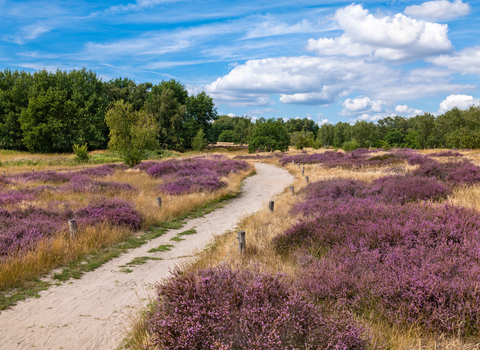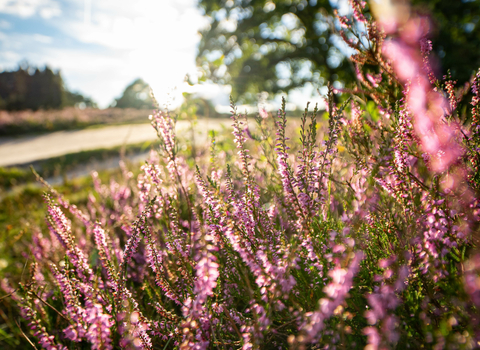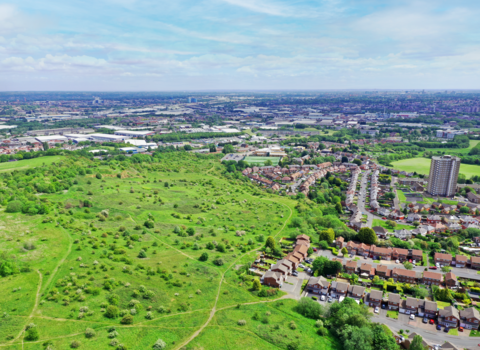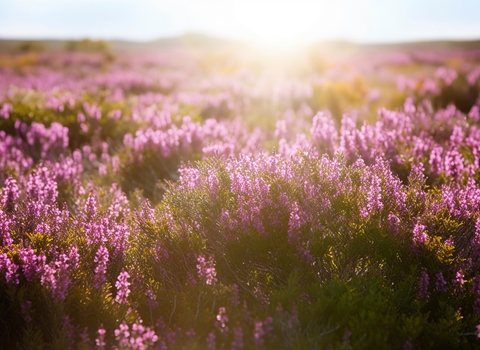
What is Purple Horizons?
Purple Horizons is a partnership project extending across up to 12,000 hectares on the fringes of the West Midlands conurbation and focusing on restoring and connecting fragmented heathlands to create a mosaic of heathlands, wetlands, woodlands and grasslands. It will link up existing protected areas, work with local landowners to deliver habitat creation and carbon storage, and is developing a plan for connecting with communities in the deprived areas of Walsall to deliver green areas where they will have the greatest health benefits.

How do we aim to do this?
We hope to work with local landowners to match them up with appropriate funding and use pockets of private land to create habitat corridors to reduce fragmentation and restore important habitats.
We are offering free baseline surveys of your land till the end of September. This will allow us to look at potential habitat creation and improvement, no commitment is required at this point. We will provide you with all potential funding opportunities, including Biodiversity Net Gain (BNG) Units that we can then further discuss with you the payment you could receive and further details of this scheme. For how units+ are created and payment information please see below.
Rosebay willowherb © Philip Precey
What is BNG?
BNG is an approach to development and/or land management with the aim of leaving the natural environment in a better state than how it was found. Developers will be required to mitigate habitats lost with a 10% habitat uplift, so compensate for 110% of what has been impacted. This scheme will become mandatory for developers to deliver as part of the Environment Act in November 2023.

How will this Benefit Landowners?
This offers a unique opportunity for landowners, as if agreed, landowners can be set up as offset providers in which they can receive a payment based on the net gain they are able to offer on their site. Each unit can be sold for between £15,000-35,000 dependant on the location and factors below. Units are calculated based on:
- Distinctiveness (i.e. the type of habitat for example a modified grassland would be considered low and a lowland meadow high)
- Condition (i.e. the biodiversity value of that specific area in comparison to other areas of the same habitat, this is based on a series of factors)
- Strategic significance (i.e. how significant or beneficial is the location of the development or the habitats that are present or being created)
- Difficulty in creating or restoring the habitat (i.e. a preassigned score based on how difficult that specific habitat is to restore or create)
- Temporal risk (i.e. a preassigned score based on how long the habitat would take to establish and reach target condition)
- Spatial risk (i.e. the distance between the site where the habitat loss has occurred and where the creation or enhancement will occur)

